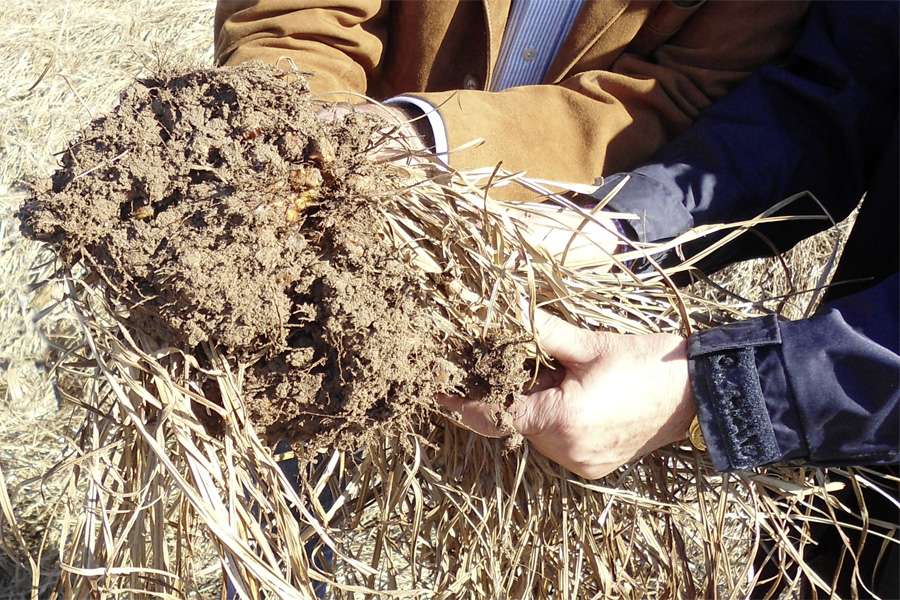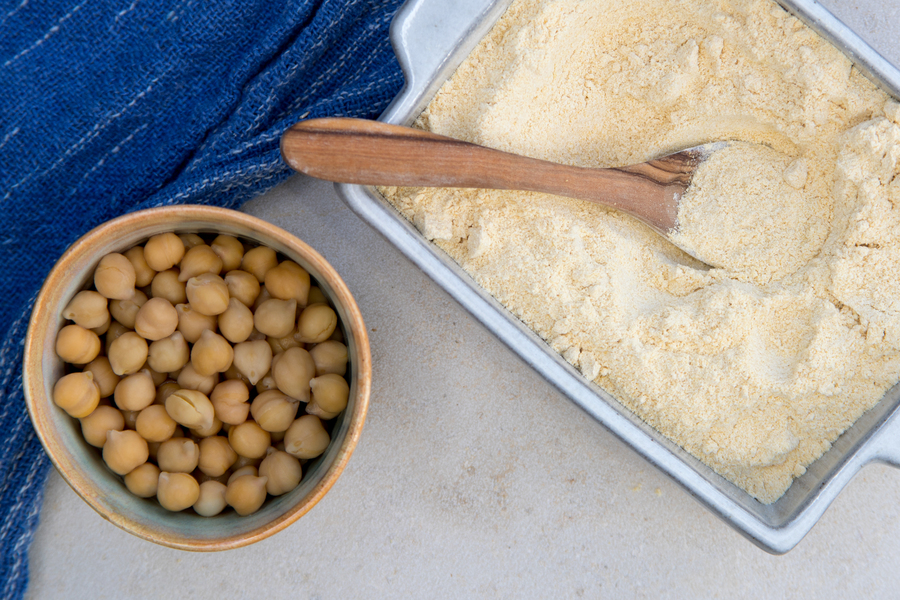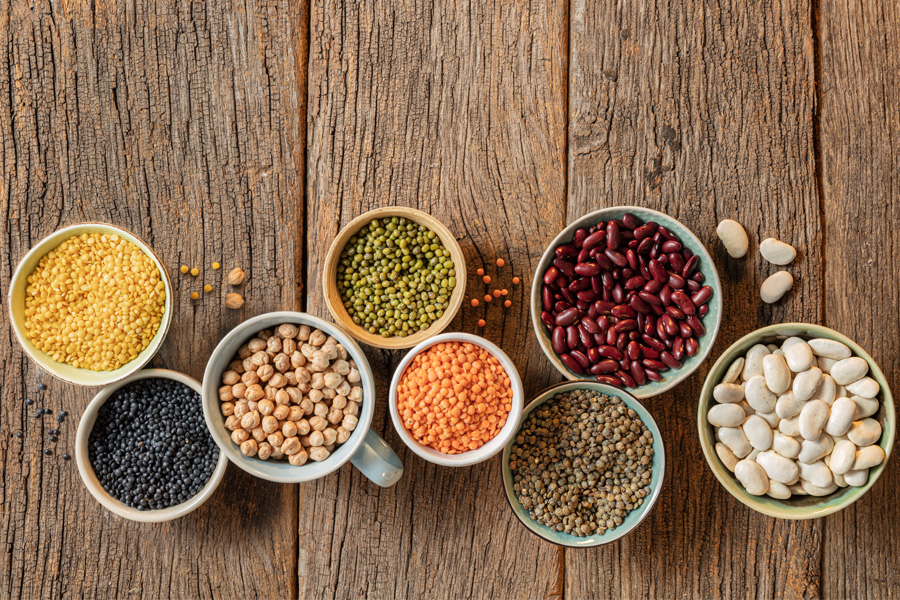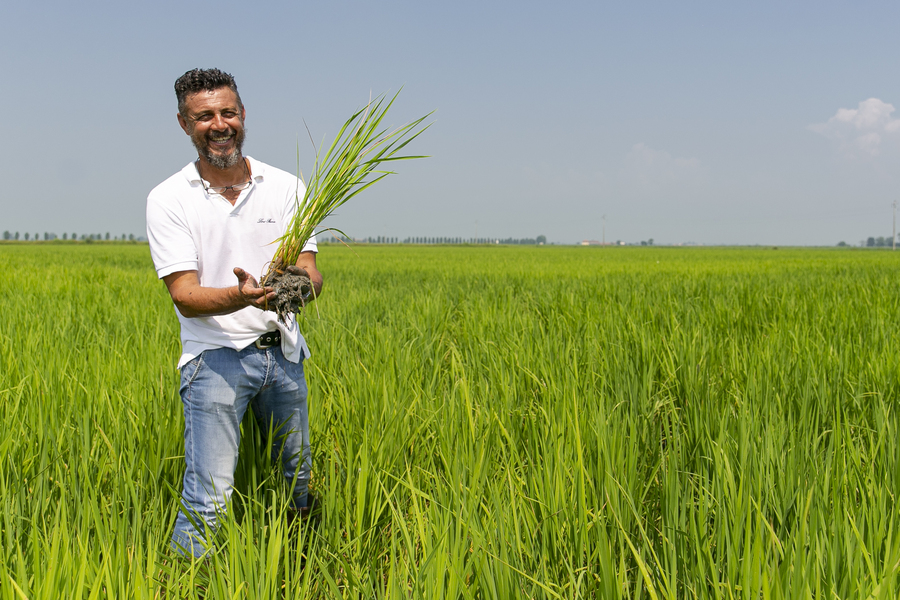Many naturopathic doctors and alternative practitioners describe tigernuts as a kind of “survival food”, as just 2 to 3 tablespoons a day are enough to supply the body with many important nutrients.
Even in ancient times, the Egyptians valued tigernuts as a healing and restorative remedy. This fruit has been used in large parts of Africa for centuries. The tubers travelled via Africa to the Iberian Peninsula, where they were cultivated in Valencia and the surrounding area. The edible tubers were already known here in the Middle Ages, eaten roasted or as a coffee substitute, similar to chicory.
Even in ancient times, the Egyptians valued tigernuts as a healing and restorative remedy. This fruit has been used in large parts of Africa for centuries. The tubers travelled via Africa to the Iberian Peninsula, where they were cultivated in Valencia and the surrounding area. The edible tubers were already known here in the Middle Ages, eaten roasted or as a coffee substitute, similar to chicory.
Cultivation
The tigernut (cyperus esculentus) is also known as the chufa nut. The plant, which grows to a height of approx. 60 cm and belongs to the sour grass or sedge family, forms underground runners.
The brown, roundish to elongated, somewhat wrinkly hazelnut-sized tubers develop on the threadlike roots. Under the thin skin, they have a white centre that tastes slightly sweet and vanilla-like, reminiscent of almonds.
The brown, roundish to elongated, somewhat wrinkly hazelnut-sized tubers develop on the threadlike roots. Under the thin skin, they have a white centre that tastes slightly sweet and vanilla-like, reminiscent of almonds.
Tigernuts require sandy soil and a mild climate. Valencia’s geographical location on Spain’s Mediterranean coast is therefore ideal for producing top-quality tigernuts.
Harvesting and processing
The grasses grow from the end of April to September and then dry in the field. When the plant is completely dry, it is harvested:
first, the above-ground foliage is removed mechanically. The top layer of soil is then lifted off by the harvesting machine, transported over a sieve and the soil is sieved off so that the tubers of the tigernuts remain.
first, the above-ground foliage is removed mechanically. The top layer of soil is then lifted off by the harvesting machine, transported over a sieve and the soil is sieved off so that the tubers of the tigernuts remain.
After washing, they are dried for about three months. The tigernuts are turned regularly to ensure an even drying process. The fruit is then gently ground.
The tigernuts for Rapunzel are not peeled. This is because there are lots of minerals and fibre in the skin. Citric acid would need to be used for the peeling process, which we are happy to do without.
The tigernuts for Rapunzel are not peeled. This is because there are lots of minerals and fibre in the skin. Citric acid would need to be used for the peeling process, which we are happy to do without.

Tigernuts are the underground offshoots of the roots
Nutritional physiology and use
Tigernuts are characterised by an unusually high fibre content. It provides valuable, easily digestible vegetable protein, numerous minerals such as potassium, iron, magnesium and zinc as well as fat with a high proportion of unsaturated fatty acids. At the same time, tigernuts provide cell-protecting vitamin E as well as biotin and rutin.
The high fibre content gently stimulates digestion. Tigernuts also bind metabolic toxins or other toxic residues in the intestine. They strengthen the natural intestinal flora and at the same time displace dangerous microorganisms. Tigernuts thus support the self-cleansing of the intestines. The plant fibres also have an appetite-suppressing effect and are very suitable as a supplement to a reduced diet.
The high fibre content gently stimulates digestion. Tigernuts also bind metabolic toxins or other toxic residues in the intestine. They strengthen the natural intestinal flora and at the same time displace dangerous microorganisms. Tigernuts thus support the self-cleansing of the intestines. The plant fibres also have an appetite-suppressing effect and are very suitable as a supplement to a reduced diet.
Tigernuts are a quickly regenerating source of energy, nerve food for stressed people of all ages and therefore promote performance at work, school and sport.
Tigernuts are generally very well tolerated by allergy sufferers. They are tasty, long-lastingly filling and their natural sweetness makes them an ideal ingredient in yoghurt, quark, shakes, desserts, muesli, pastries and bread.
When baking, nuts or the flour and sugar content can be replaced or reduced with tigernut flour.
Tigernuts are generally very well tolerated by allergy sufferers. They are tasty, long-lastingly filling and their natural sweetness makes them an ideal ingredient in yoghurt, quark, shakes, desserts, muesli, pastries and bread.
When baking, nuts or the flour and sugar content can be replaced or reduced with tigernut flour.
Tigernuts
Recipes with Tigernuts

Polenta Cake with Lemon Syrup


Mango and Cashew Bliss Balls
You might also be interested in:

Product Knowledge: Special flours

Legumes

Organic manufacturer

Real organic

Product Knowledge: Rice

Bio cent
